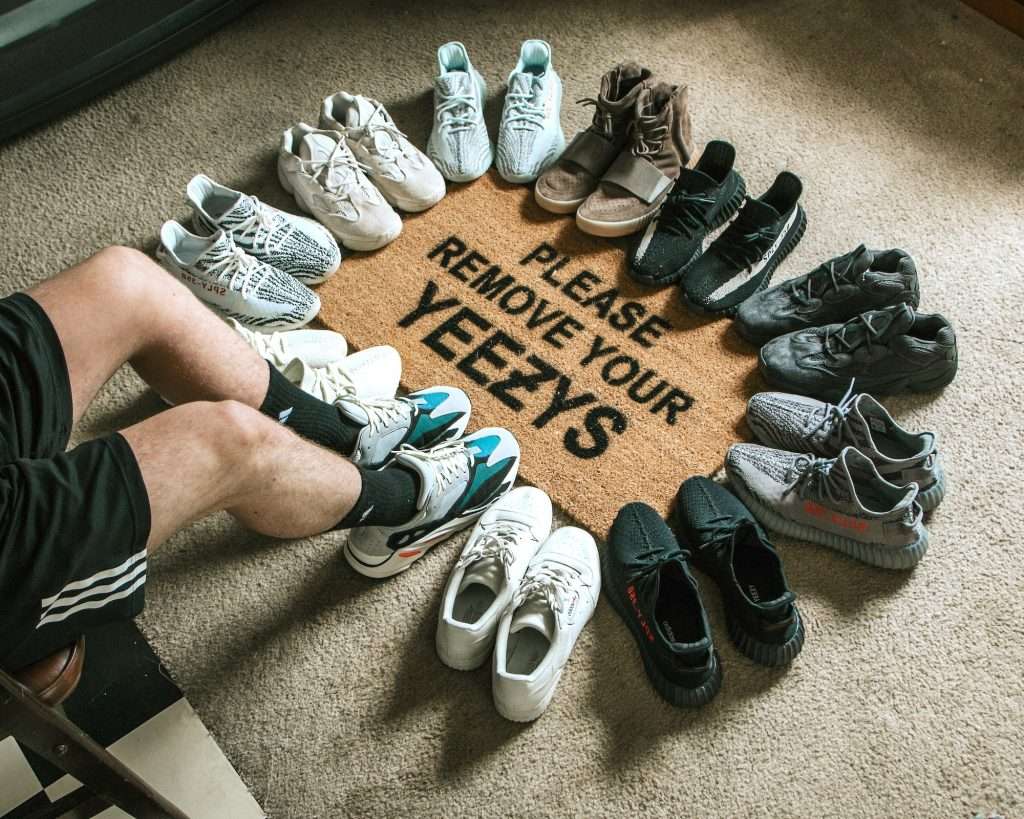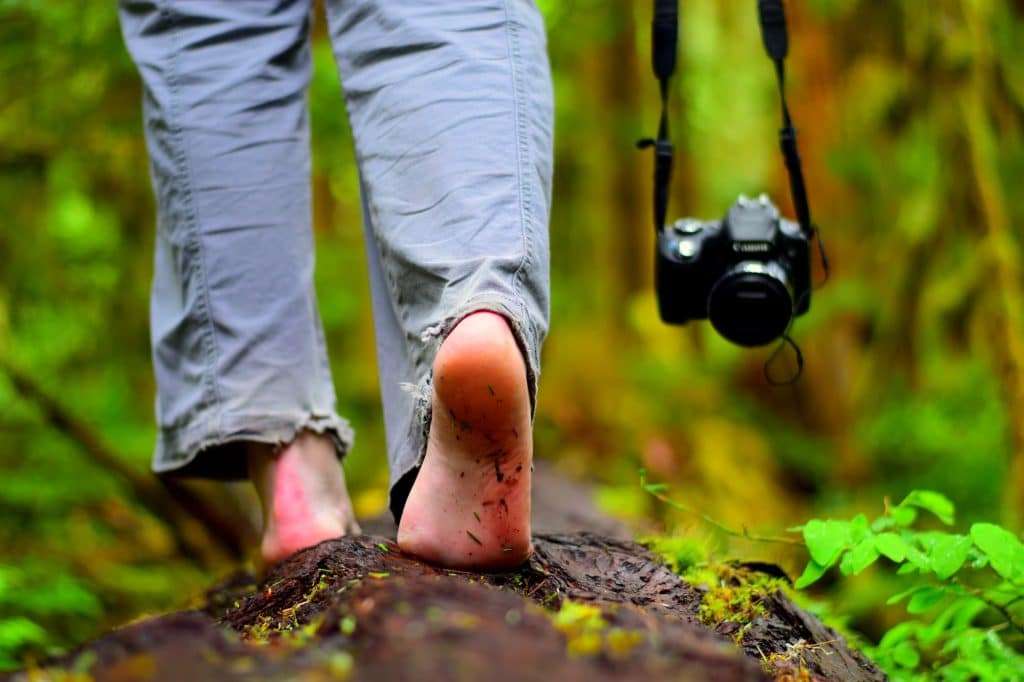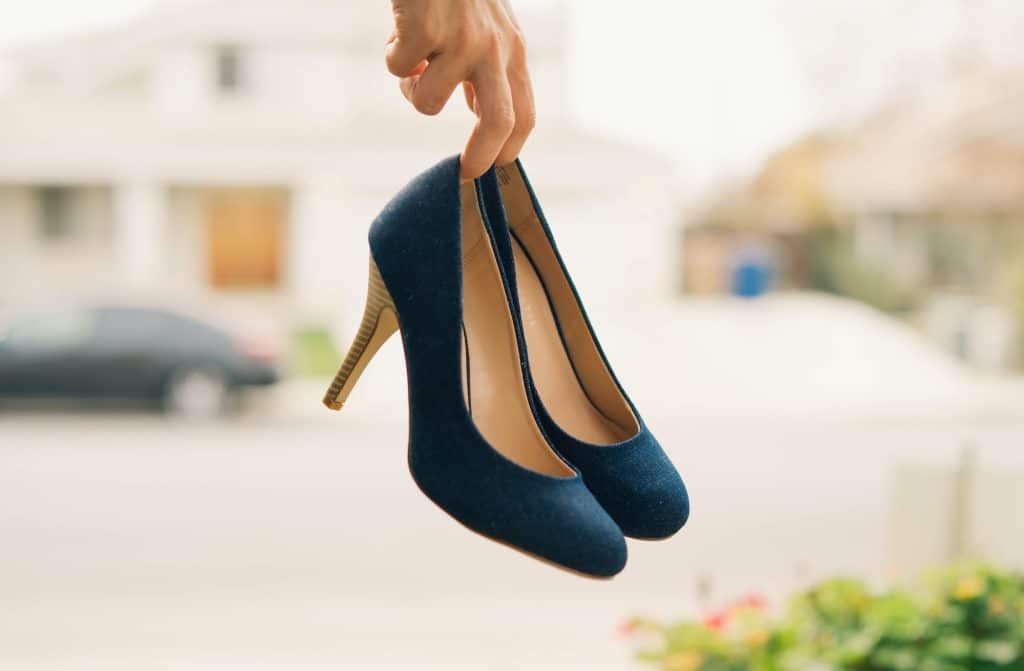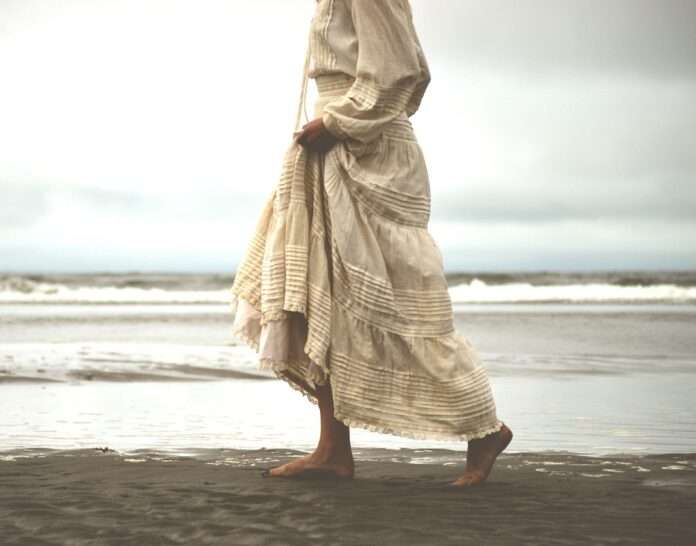Improved foot health and preventing germs from entering your home — is it better to go barefoot?
During last year’s Academy Awards, Jamie Lee Curtis made headlines not just for winning her first Oscar, but also because she went barefoot at the ceremony. Celebrities like Selena Gomez and Lynda Carter have been spotted kicking off their shoes at major red-carpet events, too. There are some pretty compelling benefits of going barefoot beyond just avoiding uncomfortable shoes, especially in the house.
While it’s not so common in the West, going shoeless at home is customary in many parts of the world. Much of the cultural significance is rooted in the belief that wearing outdoor shoes in the house brings “bad luck”. Tracking germs into the home can make you sick — bad luck, indeed. There are religious reasons, too. Temples across different faiths see tracking dirt and germs into places of worship as unacceptable, especially in religions where prayer often happens on the floor, like Islam.
Is wearing shoes in the house gross?
According to a 2008 study by the University of Arizona, there are more than 421,000 types of bacteria commonly found on the soles of shoes. This includes potentially harmful invaders like E. Coli and Coliforms, which were found on 96 percent of the shoes sampled.
“The common occurrence (96 percent) of coliform and E. coli bacteria on the outside of the shoes indicates frequent contact with fecal material, which most likely originates from floors in public restrooms or contact with animal fecal material outdoors,” said study author Charles Gerba. “Our study also indicated that bacteria can be tracked by shoes over a long distance into your home or personal space after the shoes were contaminated with bacteria.”

Another study, this one out of the University of Houston, found that 39 percent of shoe soles were contaminated with the bacteria C. diff (Clostridium difficile). This infection poses a serious public health threat as it is now resistant to a number of antibiotics. Public restroom floors contain about 2 million bacteria per square inch. Compare that with the toilet seats, which only contain about 50 per square inch.
Going barefoot
To keep germs at bay, it makes sense to leave shoes at the door, but research also shows there may be benefit to leaving them off outside, too. A practice called “grounding” advocates letting your bare feet touch the earth for a host of benefits. “There is actually some science behind this,” reports the Washington Post. “Research has shown barefoot contact with the earth can produce nearly instant changes in a variety of physiological measures, helping improve sleep, reduce pain, decrease muscle tension and lower stress.”
One reason going barefoot outside might be beneficial is the earth’s surface has a negative charge. This means it is constantly generating electrons that could neutralize free radicals, acting as antioxidants. “You may think of antioxidants as coming from food, and indeed a diet rich in fruits, vegetables and other foods that provide beta-carotene, selenium, lutein, lycopene, and vitamins A, C, and E helps prevent cellular damage from free radicals. Still, it is interesting that we may be able to get them directly from the earth, too,” the Post reports.
The research also points to benefits such as improved sleep because of the impact going barefoot has on our circadian rhythms and the vagus nerve, which runs from the brain to the colon. It is the autonomic nervous system’s largest nerve and is crucial for heart, lung, and digestive system function. One study found grounding was associated with increased vagal tone in pre-term infants. For adults, another study found it reduced inflammation and improved blood flow after just one two-hour session.

In Chihuahua, Mexico, the Indigenous Rarámuri or Tarahumara are known for their ability to run long distances barefoot in ways that have stunned professional runners and scientists. But scientists are beginning to figure out why running barefoot may be more effective and healthier than running in shoes. Traditional Chinese Medicine advocates for this, too, as it is believed that walking barefoot allows pressure points to be stimulated that may bring balance and healing to all parts of the body.
The problems with shoes
A 2019 study found that cushioned-sole shoes may be more damaging to feet than no shoes at all. That study, published in the journal Nature, concluded that the energy that moves up the leg is three times greater in cushioned shoes than in no shoes. Daniel E. Lieberman, the Harvard evolutionary biologist behind that study and another one a decade earlier that also pointed to the detrimental effects of shoes on joint health, says there could be a connection to increases in joint issues. According to Lieberman, the rates of arthritis in the knees have doubled since World War II. That’s when cushioned soles became more commonplace.
Lieberman is not anti-shoe, but he says the impact of footwear is not fully understood, especially when the average human will take millions of shod steps in a lifetime. Another issue may be that of balance, especially in older adults. Feet lose sensitivity as we age and coupled with not going barefoot enough could increase the likelihood of falls. “If your feet can’t sense what’s going on on the ground, maybe you’re more susceptible and more vulnerable [to falls], and shoes may be a part of that,” Lieberman says. “If we can give people’s brains, their reflexes, more information, that might help them.”
Lieberman’s research found that even heavily calloused feet don’t inhibit the sensations and benefits of being barefoot. “Essentially, the hard surface of the callus transmits mechanical force through the foot to the nerves deep inside the skin equally well as an unprotected sole,” reports Scientific American.

From a sustainability perspective, there’s reason to leave the shoes, off, too, namely, to make them last longer. There are more than 20 billion pairs of shoes produced every year, and 35 percent of those are made from unsustainable materials like PVC and EVA, creating millions of pounds of waste that can’t be recycled and takes decades, if not centuries, to break down. A number of companies are creating more sustainable footwear than ever before, using biodegradable materials such as plants and fungi, but they haven’t yet reached mass scale.
There are hosts of other health issues associated with shoes, too, including corns, blisters, and even ingrown toenails that can come from ill-fitting footwear to more severe issues like bunions and neuromas that may require surgery. The complex design and individuality of feet make them a challenge for scientists and doctors to fully understand, and that makes even the most advanced footwear at least a step behind the science.
But what is clear, according to Lieberman, is that there’s still much more to learn about feet and footwear. “I find it unimaginable to be barefoot in the middle of Europe in the Ice Age,” he says, “but then again, all the other animals in Europe during the Ice Age were barefoot — so maybe our cousins, the Neandertals, were able to handle it just fine.”
Related on Ethos:


